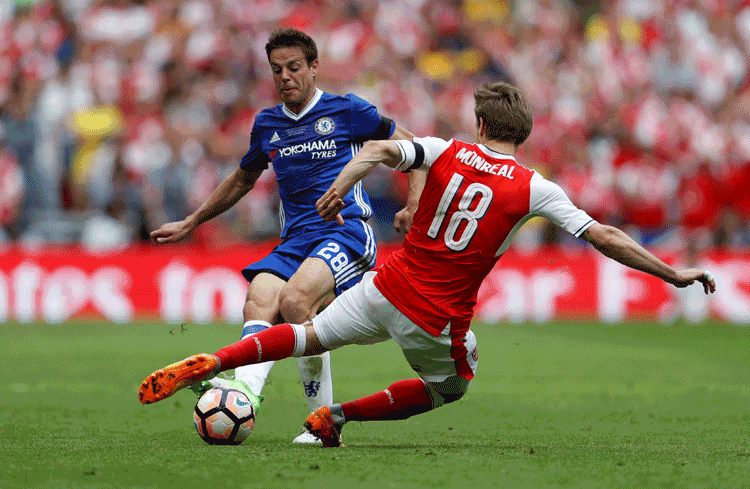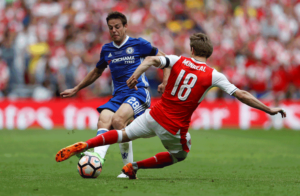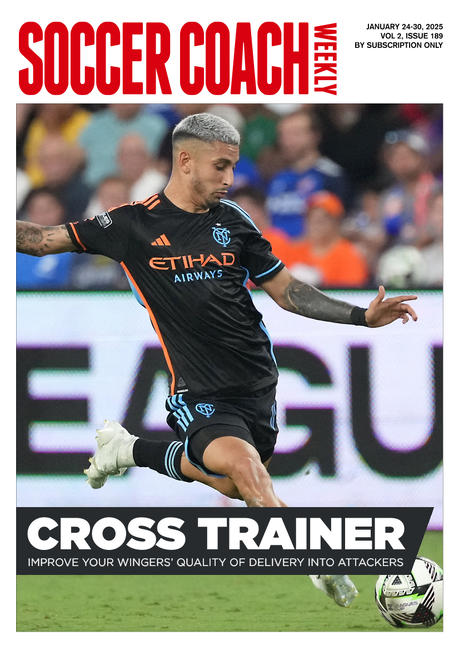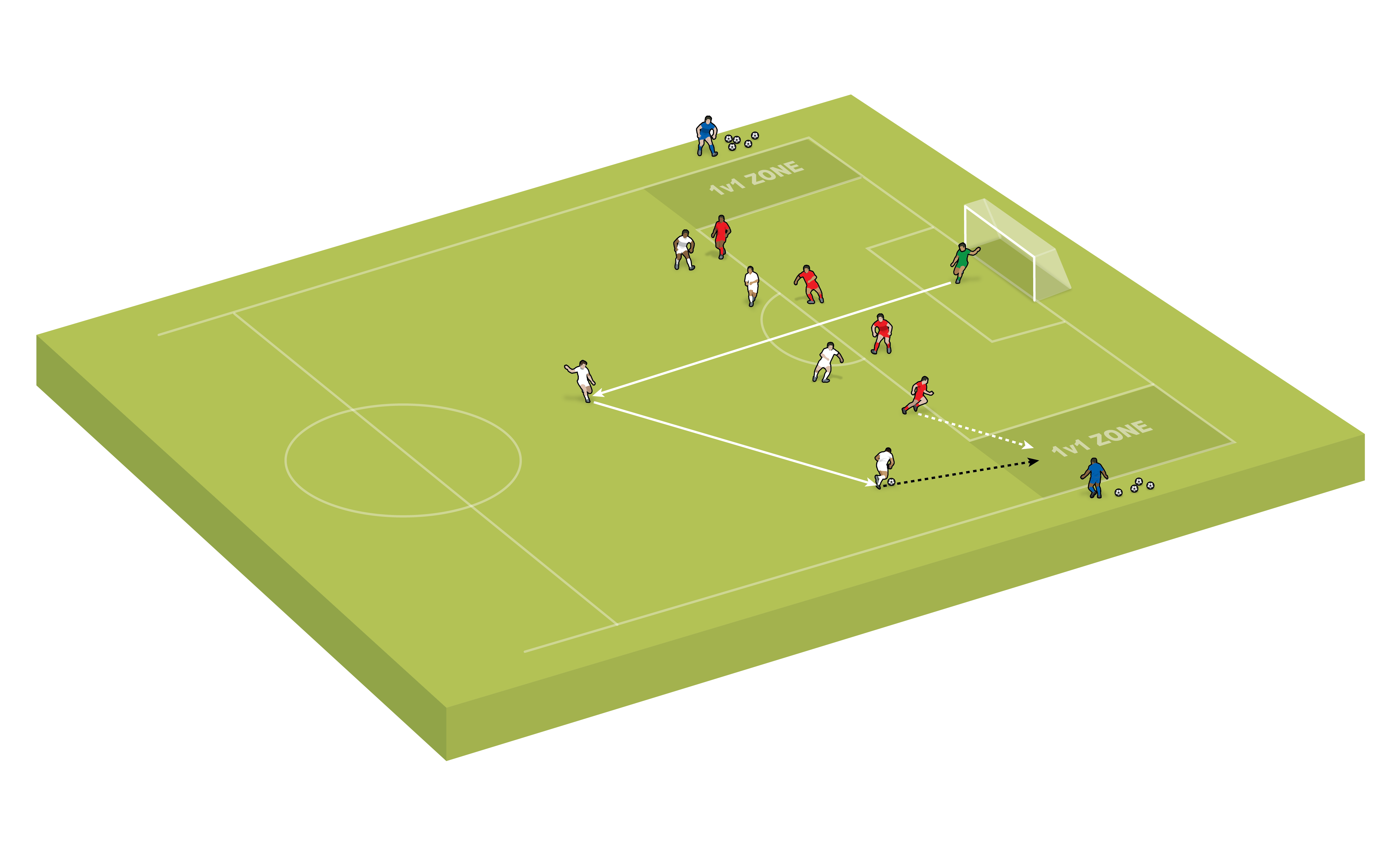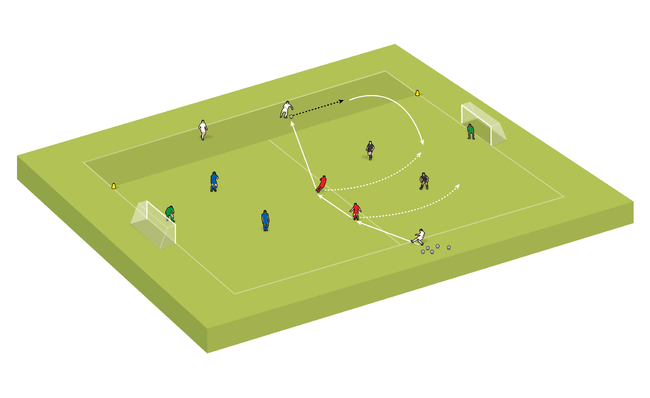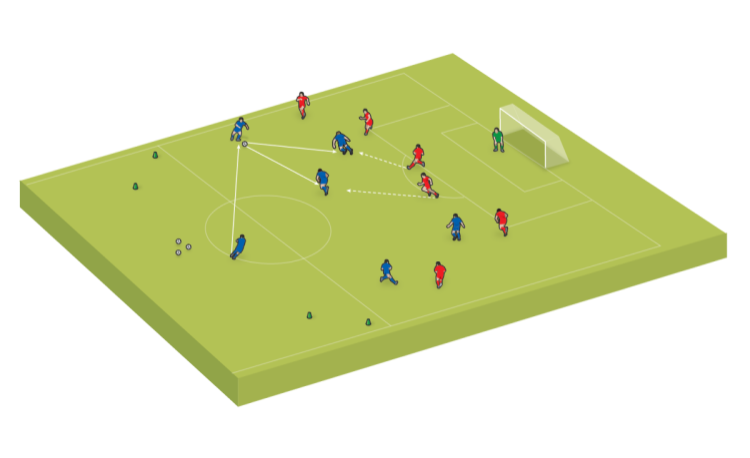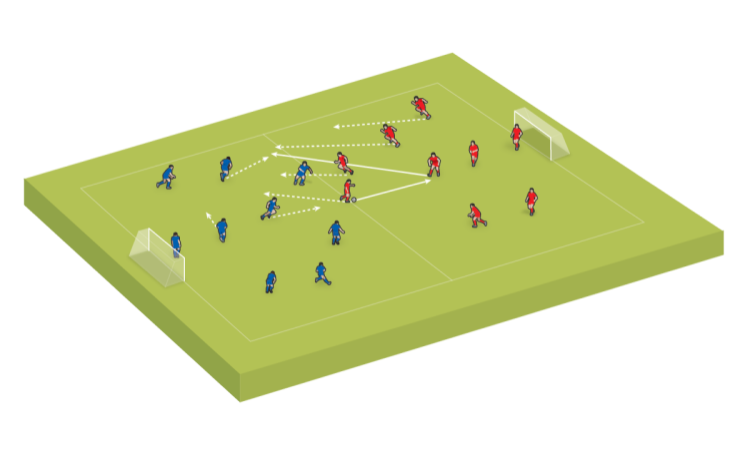Individual skills – the right decisions 1v1
Soccer Drillsby Dave Clarke
Players not only have to master the basics of the game, but you must give them the experience to understand when is the best time to use these skills to benefit the team. Individuals make a huge difference for the team when they understand the rule of delay – hold the fort until the cavalry arrive
Players not only have to master the basics of the game, but you must give them the experience to understand when is the best time to use these skills to benefit the team. Individuals make a huge difference for the team when they understand the rule of delay – hold the fort until the cavalry arrive
Coaching individual play
There is always a lot of debate about the merits of coaching individual play versus the benefits of teaching team play, but one thing is for certain, individuals make up a team. Coaching core skills is vital for teams to be successful when they play matches, as the individual makes decisions that affect the success of the team. Of course, the first thing a team needs to do is to keep the ball and ideally that is the key decision, but then knowing when and how to get past a player, and the rewards that might offer, is vital to creating goalscoring chances and giving teams a winning habit.
Uefa Super Cup Winners Real Madrid
Teams with individuals who can beat players in 1v1s have that winning habit. Think of Real Madrid with Gareth Bale and Cristiano Ronaldo – they can take on players and open up the whole defence with one quick decision. Indeed, Bale will often take the ball early and then drive at defences with players running from deep to confuse the opposition defence. He can then either go alone or use one of the supporting players – the players running from deep are often decoys, which take out key members of the opposition defence. The first of our sessions in Soccer Coach Weekly 536 Go 1v1 To Attack is an individual 1v1 activity, giving players a decision to make about how to rack up points. It looks a really simple session but for the player it is hard – do they gamble and go for the harder three point option or bank just one point with an easier move. The more an individual plays the game and works out how to beat the player, the more they are developing the skills that will give their team a winning edge.
Team Sessions
In terms of the team session, by using the 1v1 skills when teams win the ball, players will be able to start a counterattack with great speed if they take the ‘three-point decision’. Any decision to make the easy pass will slow the counterattack down and allow the defending team to retreat and regroup. Of course, there are other factors that will help a player to make the right decision, such as whether the team is losing or winning: attack the defender in a 1v1 to give more chance of an equaliser if they are losing, or make the easy pass to hold up the ball and keep possession if the team is winning. Try the two sessions that follow and see if your player can make the right decision for the individual and ultimately for the team.
TOP TIPS FOR COACHING 1v1s
These are the key things to remember when coaching your players to decide when to go 1v1 with an opponent…- > Make sure you have worked on the individual skill to win 1v1s, so players feel comfortable taking on opponents.
- > Encourage players to use the skill in games to help the team be successful.
- > Make players understand how their individual decisions should change as the score changes.
- > Teach the players to use the right skills at the right times.
MAKE DEFENDING FUN
If you want to win more games, the importance of defending cannot be stressed enough. The trouble is, young players just don’t think defending can be fun. To them it is hard work and not very enjoyable, but they are always vulnerable to a bit of reverse psychology. Try telling them that without the ball they are not going to have the chance to score, so they need to think about how they are going to get it back first – and that means good defensive play. Knowing what to do when under attack is the first part of building a defensive strategy.Coaches Testimonials

Gerald Kearney, Downtown Las Vegas Soccer Club

Paul Butler, Florida, USA

Rick Shields, Springboro, USA

Tony Green, Pierrefonds Titans, Quebec, Canada
Soccer Drills
Discover the simple way to become a more effective, more successful soccer coach
In a recent survey 89% of subscribers said Soccer Coach Weekly makes them more confident, 91% said Soccer Coach Weekly makes them a more effective coach and 93% said Soccer Coach Weekly makes them more inspired.
*includes 3 coaching manuals
Get Weekly Inspiration
All the latest techniques and approaches
Soccer Coach Weekly offers proven and easy to use soccer drills, coaching sessions, practice plans, small-sided games, warm-ups, training tips and advice.
We've been at the cutting edge of soccer coaching since we launched in 2007, creating resources for the grassroots youth coach, following best practice from around the world and insights from the professional game.
